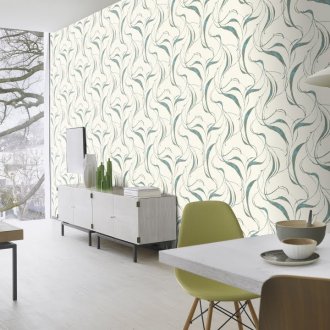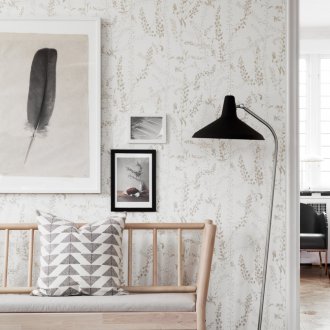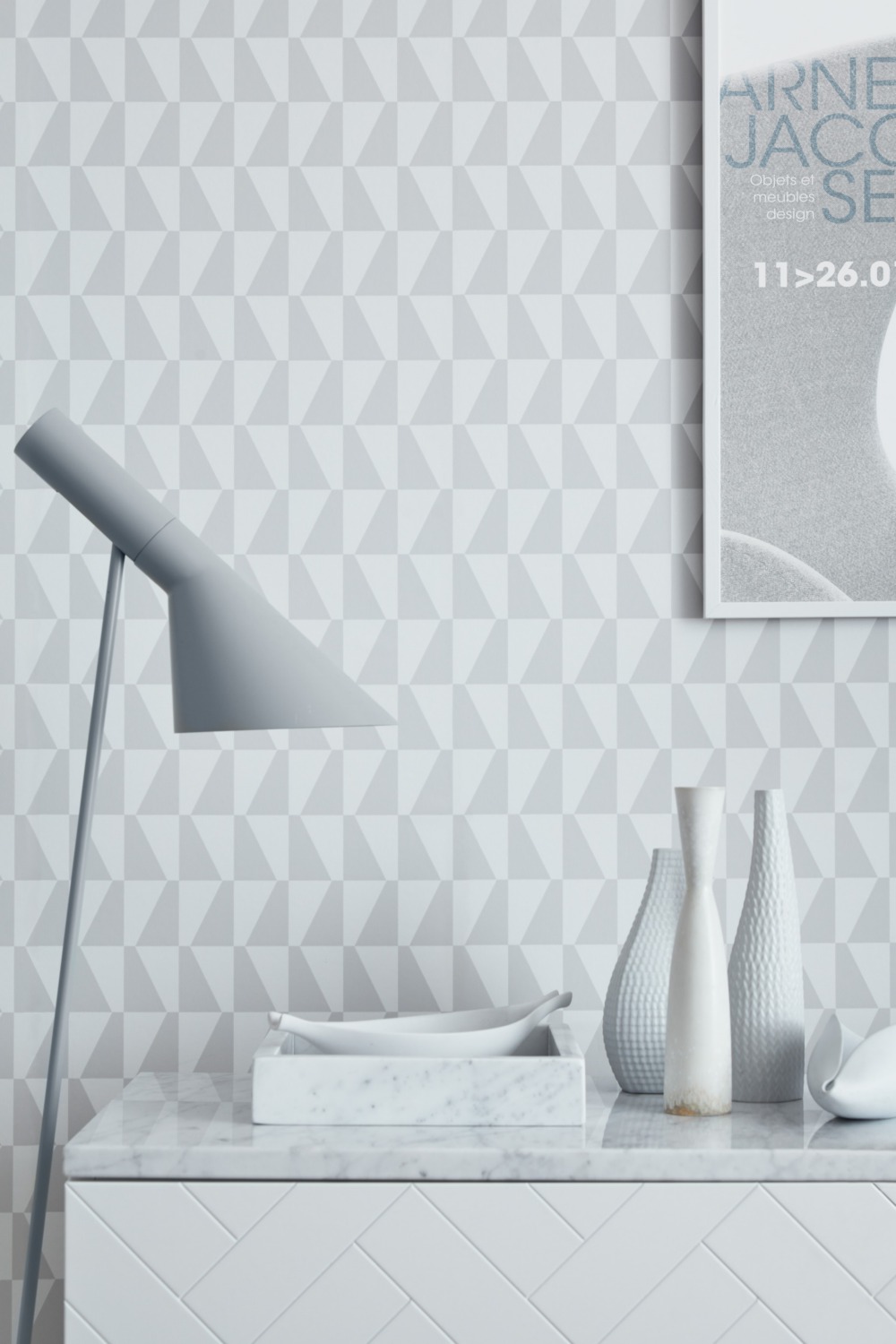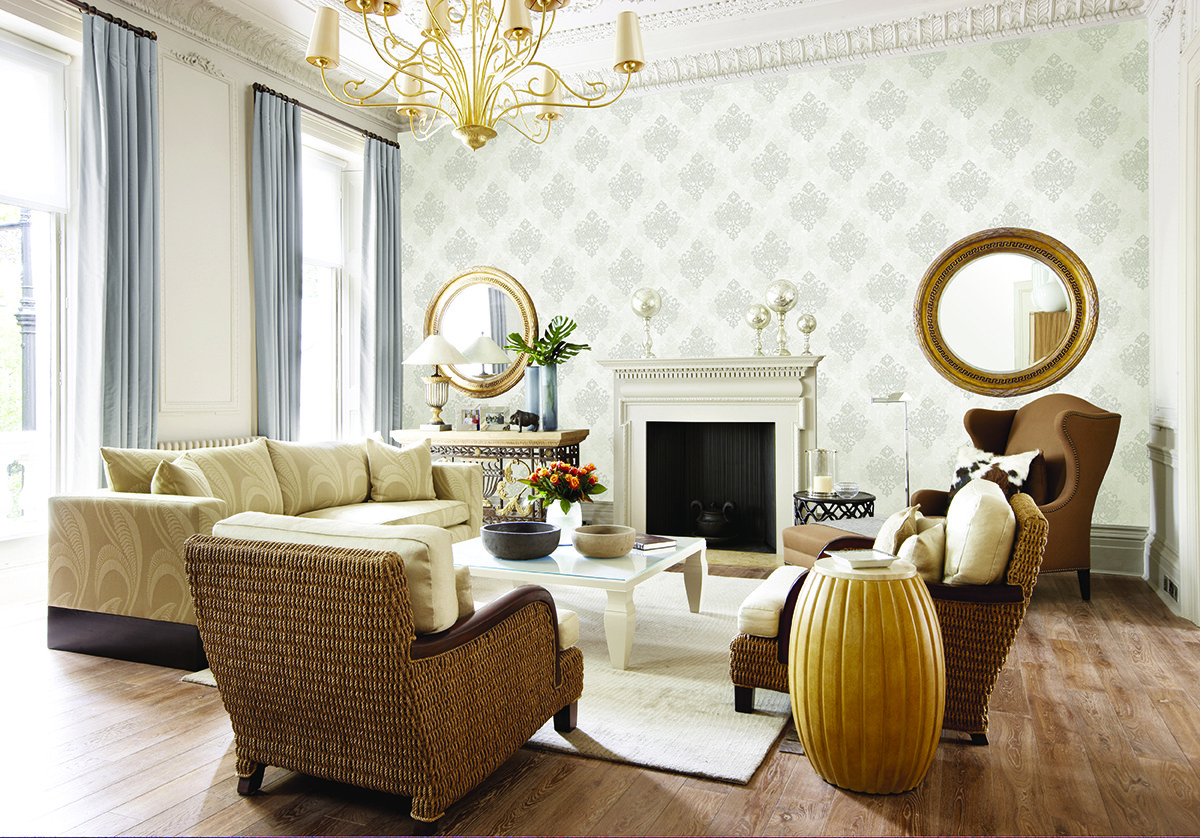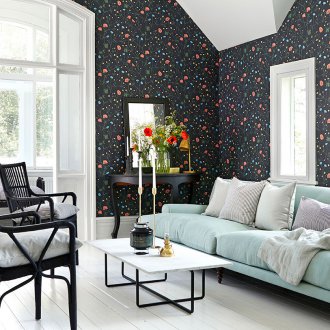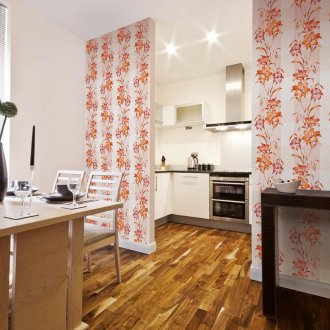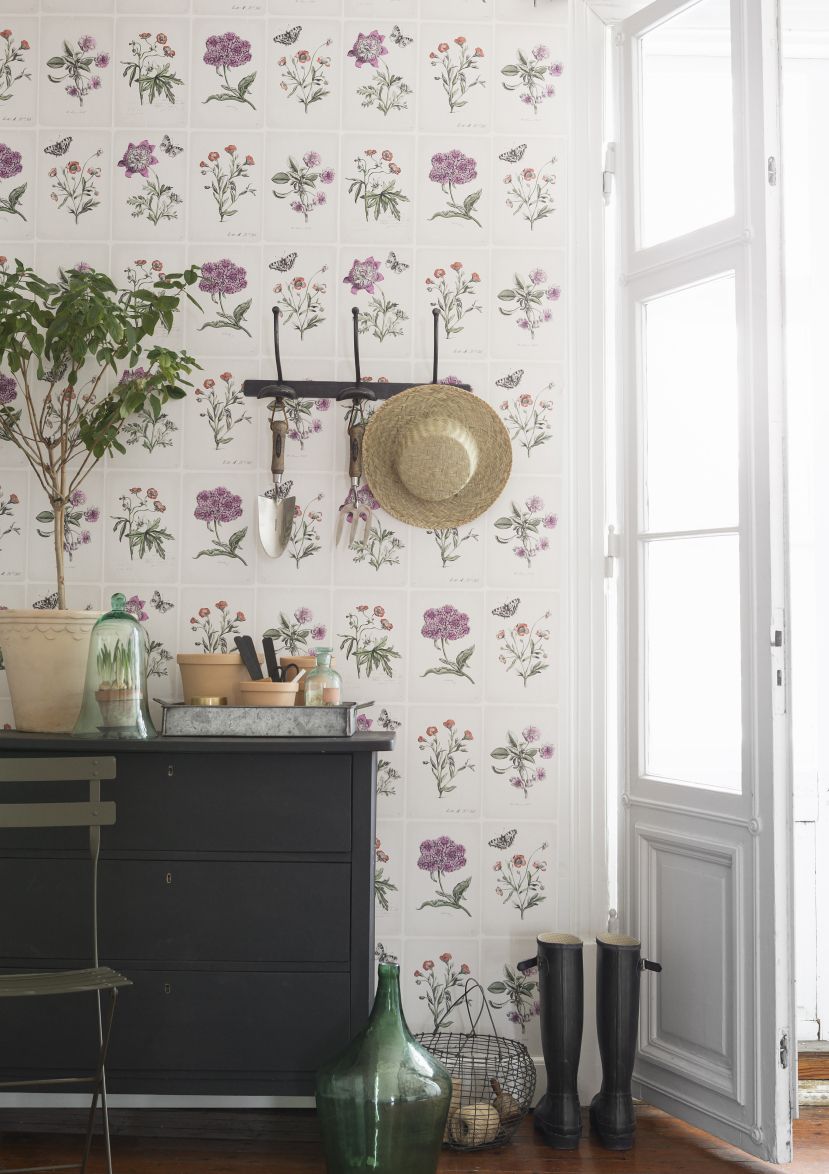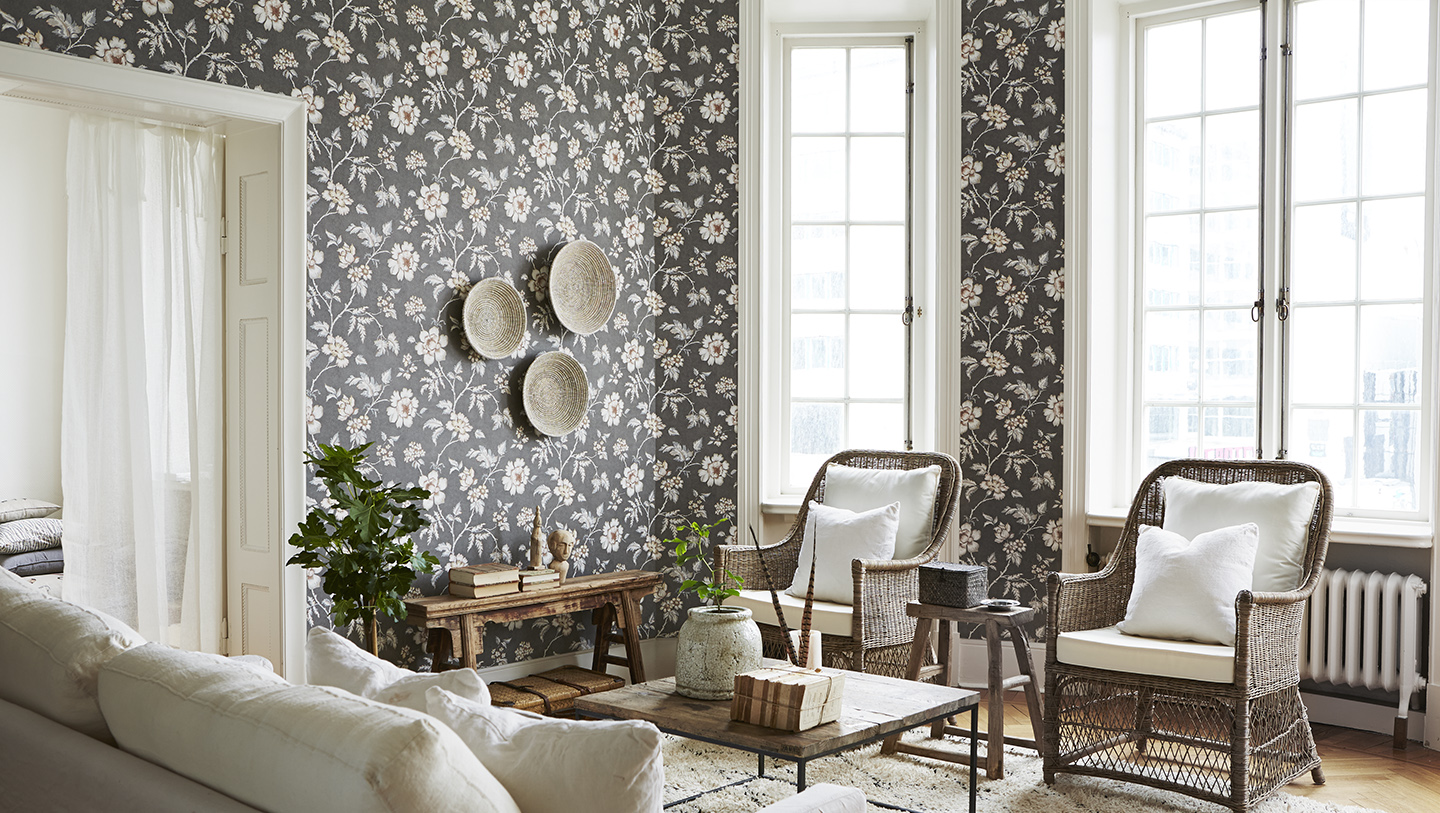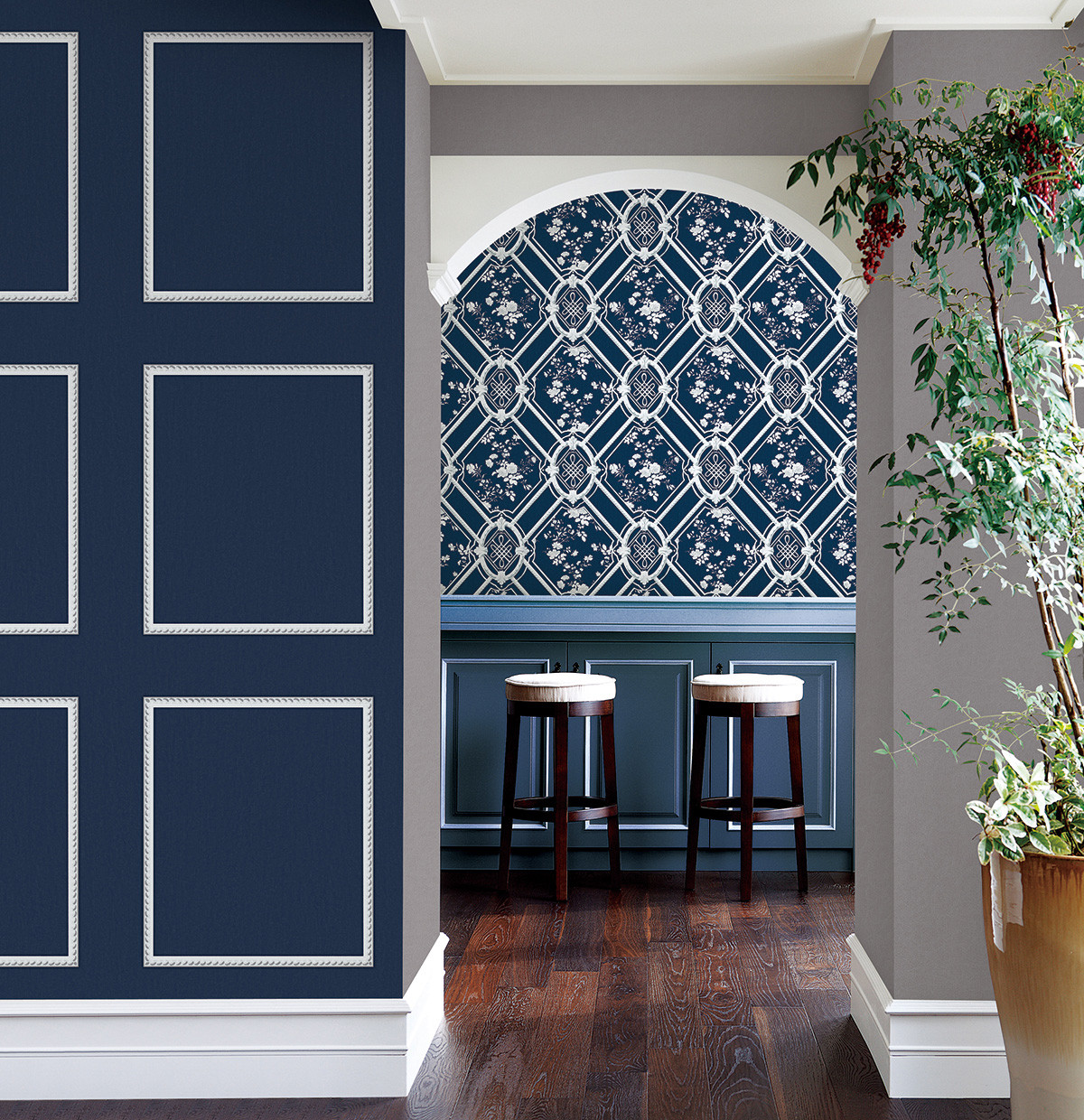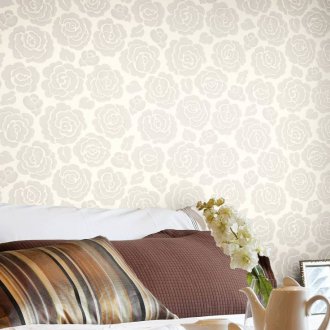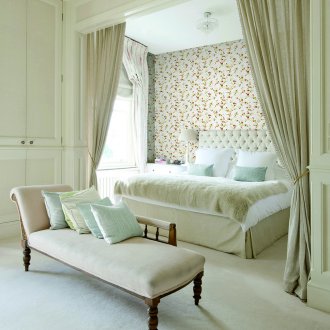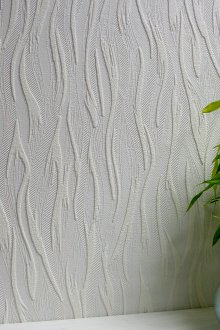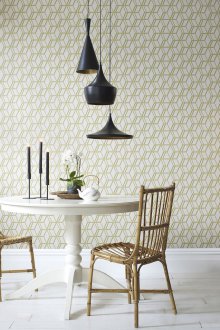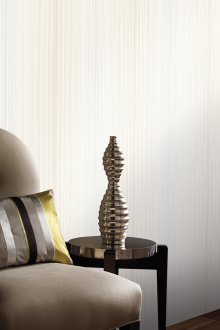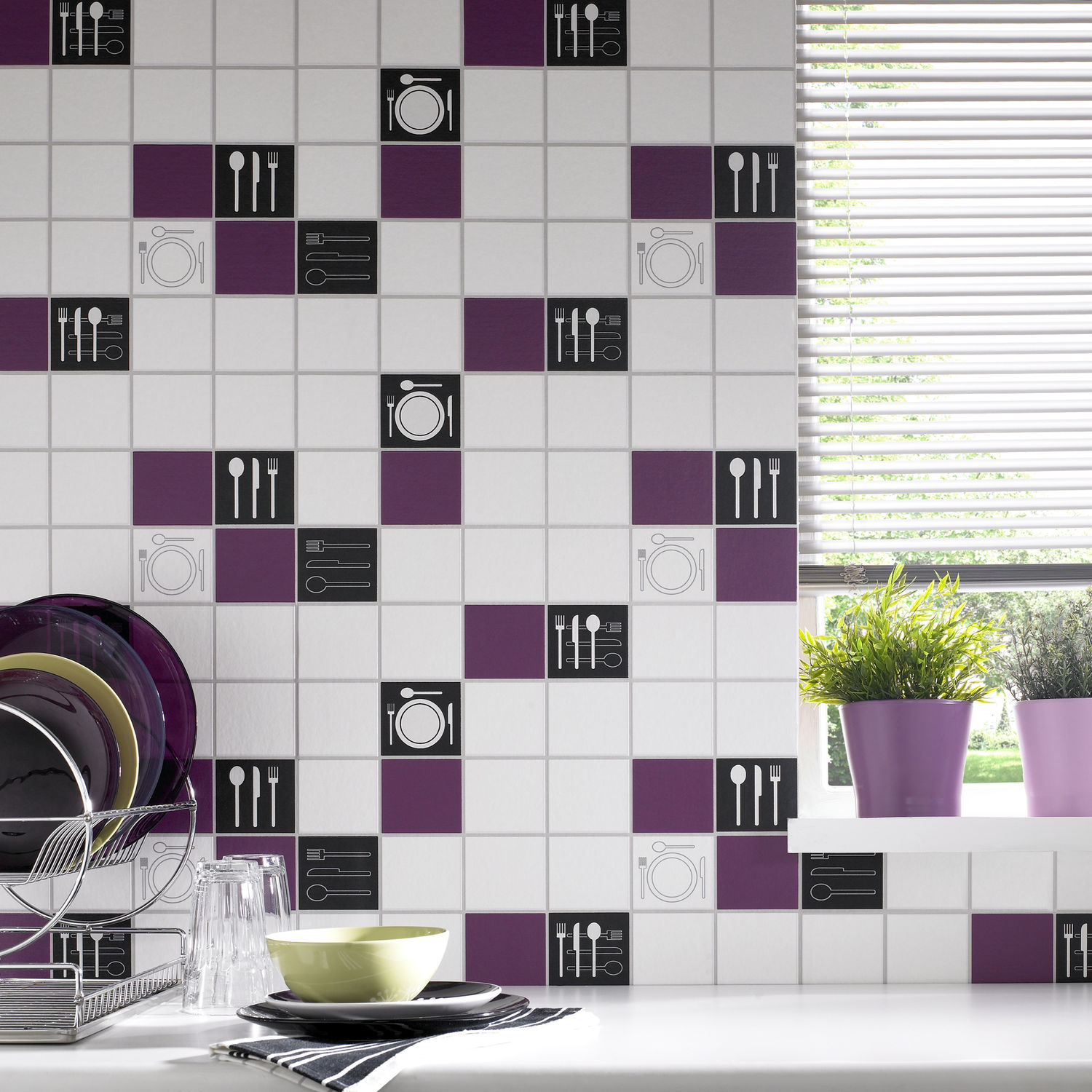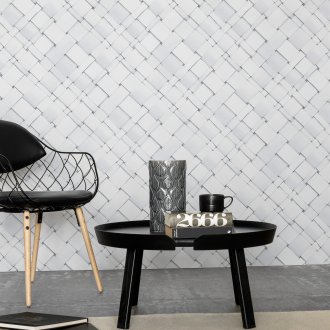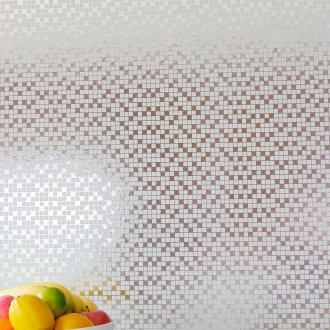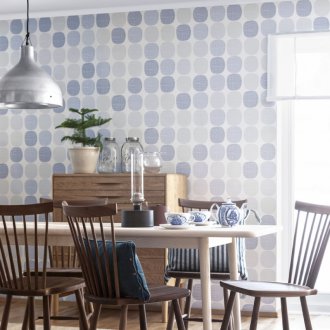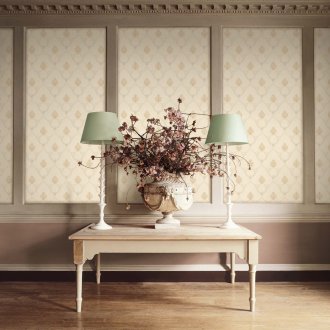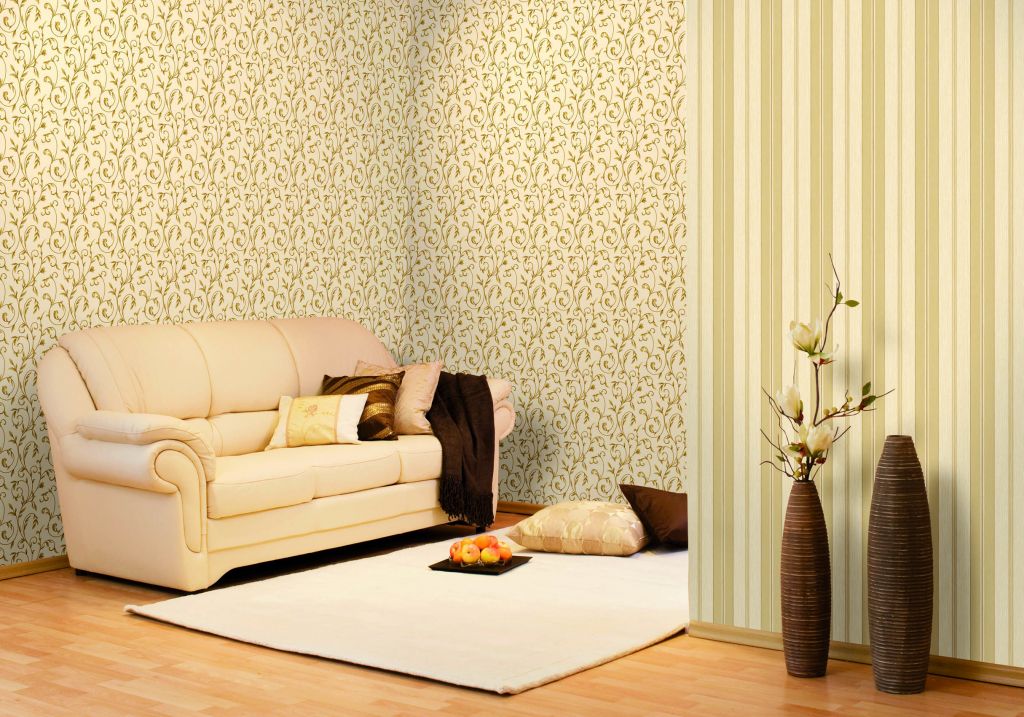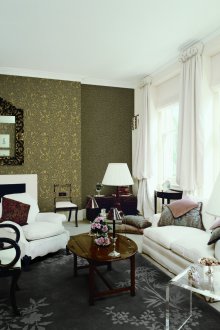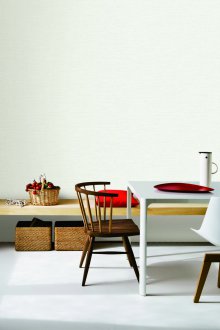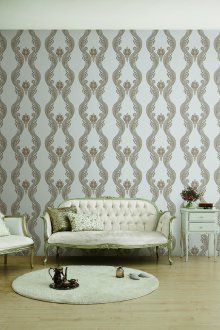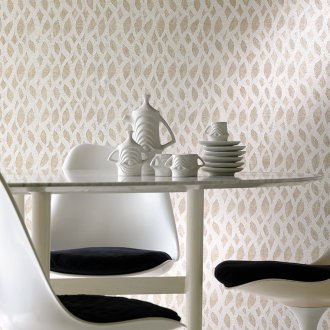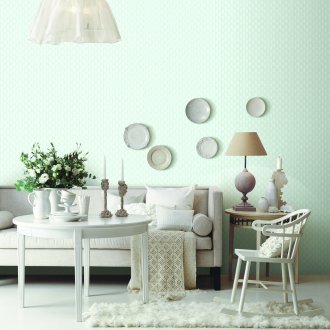Washable wallpaper: how to choose cloths for different rooms (25 photos)
Content
It is not surprising that when a question arises about repairing a room, first of all everyone thinks about wall decoration. The variety of surface technologies is striking, but wallpaper remains the most popular and sought after. When choosing them, many indicators are considered. Washable wallpapers can be called the most practical. There are several types of them, and the canvases differ in the quality of materials, the rules of care.
Types of washable wallpapers
When choosing a decor for walls, it is necessary to take into account the properties of materials. This will help you choose a finish that is suitable for a particular room. Vinyl wallpapers, which are made on various bases, are considered the most universal.
Non-woven wallpaper
Washable non-woven wallpaper is distinguished by a pronounced volumetric texture. Canvases come in various shades. In appearance, the rolls have a solid weight, but this impression is misleading.
Non-woven non-woven base is a mixture of cellulose and polymers. Advantages are: soundproofing of the room, ease of gluing (wallpaper does not stretch when applying glue), allow repeated staining (about 15 times) with acrylic, water-based or latex paints.
Paper based wallpapers
Washable flat vinyl wallpapers are made on a paper basis. The surface vinyl layer gives the canvas the following advantages: high strength, easy maintenance. Due to the uneven texture, the surface can imitate various materials: plaster, stone, textiles. The use of the silk-screen printing method makes it possible to produce silk-like fabrics with a shiny and smooth surface. Perfectly washable paper wallpapers decorate the walls of kitchens, bathrooms, corridors. The main thing - when washing the surface, do not use detergents with abrasives.
Thick vinyl is created using hot stamping. These models are the thickest, due to which they have increased moisture resistance, a durable coating.
Fabric base for wallpaper
Fabric-based wallpapers are covered with felt, silk, polypropylene, linen, cotton or jute. Great for decorating the walls of apartments or offices. Distinctive features - increased wear resistance, ability to mask defects, environmental friendliness of natural coating. When cleaning it is allowed to use a washing vacuum cleaner.
How to choose washable wallpaper for different rooms?
A large assortment of wallpapers suggests the widespread use of this finishing material. Many positive qualities help to choose the type of wallpaper for different rooms.
- Wallpaper for a child’s room is desirable to choose eco-friendly, which is easy to care for. The following properties positively characterize vinyl materials: they easily stick, do not fade, and have soundproofing properties. Negative qualities include: a limited supply of children's subjects, the absence of pores on the surface (the material "does not breathe"). The latter trait can lead to mold and fungus under the wallpaper.This is especially true for rooms that have already encountered problems with fungus / mold on the walls. Vinyl coatings can be designed only rooms with good ventilation, low humidity. For safety, the surface of the walls, before gluing the wallpaper, is covered with a special primer.
- This is a suitable wallpaper for the bedroom. Thanks to a variety of textures and shades of canvas, it is easy to choose decorative material for a bedroom of any style. A pleasant to the touch surface will create a cozy and relaxing atmosphere in the room. Since removing old wallpaper is not difficult, periodic updating of the wall decor guarantees the room a fresh and well-groomed appearance.
- Washing wallpapers for the toilet or for the corridor, you can choose hot stamping (thick vinyl canvas). Thanks to the increased wear resistance, this design of the walls is suitable for corridors, where a wet umbrella or dirty shoes are periodically left and animals run around.
- Non-woven fabrics are the best washable wallpaper for the kitchen, which, if desired or necessary, can be easily repainted. This material can last about 15 years. Advantages of wallpaper: they do not support combustion, they can cover cracks up to 2 mm, they do not deform and do not dry out, they are suitable for wall decor in new buildings - they do not break when the walls shrink, you can use brushes and detergents with abrasives when washing.
Some rooms do not need to be decorated with special washable wallpaper (bedroom, toilet). However, a wide range of materials allows you to choose interesting paintings with a water-repellent surface.
Decoding of signs on wallpaper labels
In order not to make a mistake with the choice, it is recommended to correctly understand the symbols indicated by the manufacturers on the labels.
- One wavy line - moisture-proof wallpaper, can be used in the decoration of kitchens, other rooms with high humidity and a high degree of pollution.
- Two wavy lines - washable wallpaper, which can be taken care of using a napkin or sponge.
- Three wavy lines - super washable sheets, when washing which it is allowed to use chemical washable compositions (without abrasives).
- One wave and a brush mean that it is a high-strength wallpaper and reminds that it is permissible to use hard brushes when cleaning the surface.
Wall decor with washable wallpaper does not mean mandatory and regular wet cleaning of the surface. Use water with detergents only in cases where the pollution could not be removed by other means.
How to remove washable wallpaper?
To dismantle old coatings, special tools or special formulations are not required.
Vinyl wallpapers are covered with a special water-repellent layer, so simply wetting the surface does not solve the problem of removing old washable wallpapers from the wall. To "neutralize" the surface vinyl layer, it is cut with a knife in many places. To quickly make a lot of notches on the surface of the wallpaper, you can use a needle roller.
Then the wallpaper is moistened with water, which penetrates into the cuts and soaks the bottom layer. If the result of work does not suit you the first time, then it is recommended to repeat the cutting / wetting process.
It is recommended to use an iron with a steaming function on especially “harmful” and non-resistant areas.
Features of wallpapering
In order for the coating to last for a long period, while maintaining a neat and aesthetic appearance, a number of rules are observed.
- For bonding the sheets, special compositions or Super Vinyl glue is used, which do not form lumps and easily glide over the surface of the canvas. This will help to simply create a tight joint between the canvases.
- To quickly glued the wallpaper, they are working on preparing the walls for gluing. Surfaces are thoroughly cleaned of the old decorative coating. Old glue, dust and dirt are washed off the walls.Surfaces are treated with a deep penetration primer to better fix the wallpaper. This technique will prevent the absorption of glue into the wall.
- When decorating the walls with wallpaper with a non-woven base, it is advisable to breed ordinary wallpaper glue. Moreover, the composition can only be covered with a wall.
- Washable wallpaper is denser than usual, therefore, during the gluing process, the method of joining “overlap” paintings is not used, since seams and joints will be very noticeable on the walls.
- To smooth the surface of wallpaper and joints using a special roller or brush. The movements should be smooth and unhurried, and smooth the canvases in the directions: from the center to the borders and from top to bottom.
Unprepared walls (containing small cracks, damage) are recommended to be decorated with the thickest wallpaper.
Compliance with the requirements will simplify the process of wallpapering and guarantee the quality of construction work.
If there are doubts about the quality of the wallpaper and the appropriateness of their use, then you can decorate such paintings with a small room or a separate wall. And after a while it will be easier to conclude for yourself: is there a need for such a decor.
